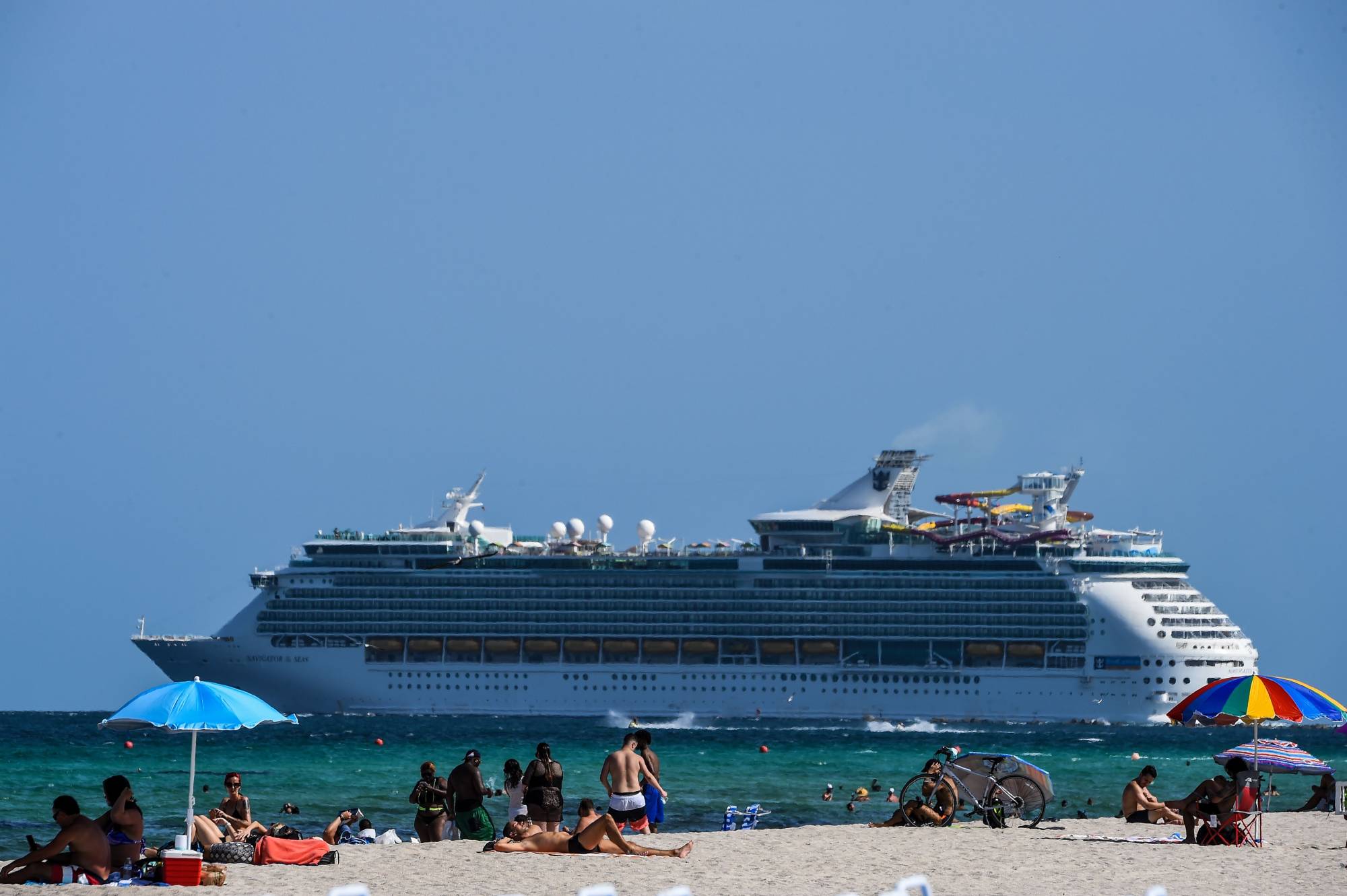Hundreds of people lined the banks of Glasgow’s River Clyde a few weeks ago for the rare sight of a small, high-end cruise ship sailing upriver — practically into the heart of the city. The Azamara Journey thrilled socially distanced onlookers by blasting its horn, typically a heralding of lively celebration. But this time nobody was there to wave on the deck of the 700-passenger ship, aside from the couple dozen members of its skeleton crew. This was no celebratory arrival, after all: It was a vessel on life support, just like every other ship dealing with the pandemic’s brutal wake.
Since mid-March, only a small handful of the world’s 400-or-so cruise ships have been able to accept passengers — all on hyperlocal itineraries. A few dozen are sailing the world with purpose, repatriating crew members from every corner of the globe. The rest are sitting idle in cruise ship purgatory, unable to sail commercially for the foreseeable future. (In the U.S., the industry has agreed not to resume business at least until Sept. 15.)
The problem for many cruise lines? Idling through the pandemic isn’t just bad for the company’s bottom line, it’s a potential death warrant for their costliest assets: the ships themselves. From mechanical issues to hurricane risks to regulatory hurdles that can constitute criminal offenses, it’s a quagmire that the industry, whose plight was on full display in Japan with virus-hit ships idling off Yokohama and Nagasaki earlier this year, has never faced on this scale before.



















With your current subscription plan you can comment on stories. However, before writing your first comment, please create a display name in the Profile section of your subscriber account page.